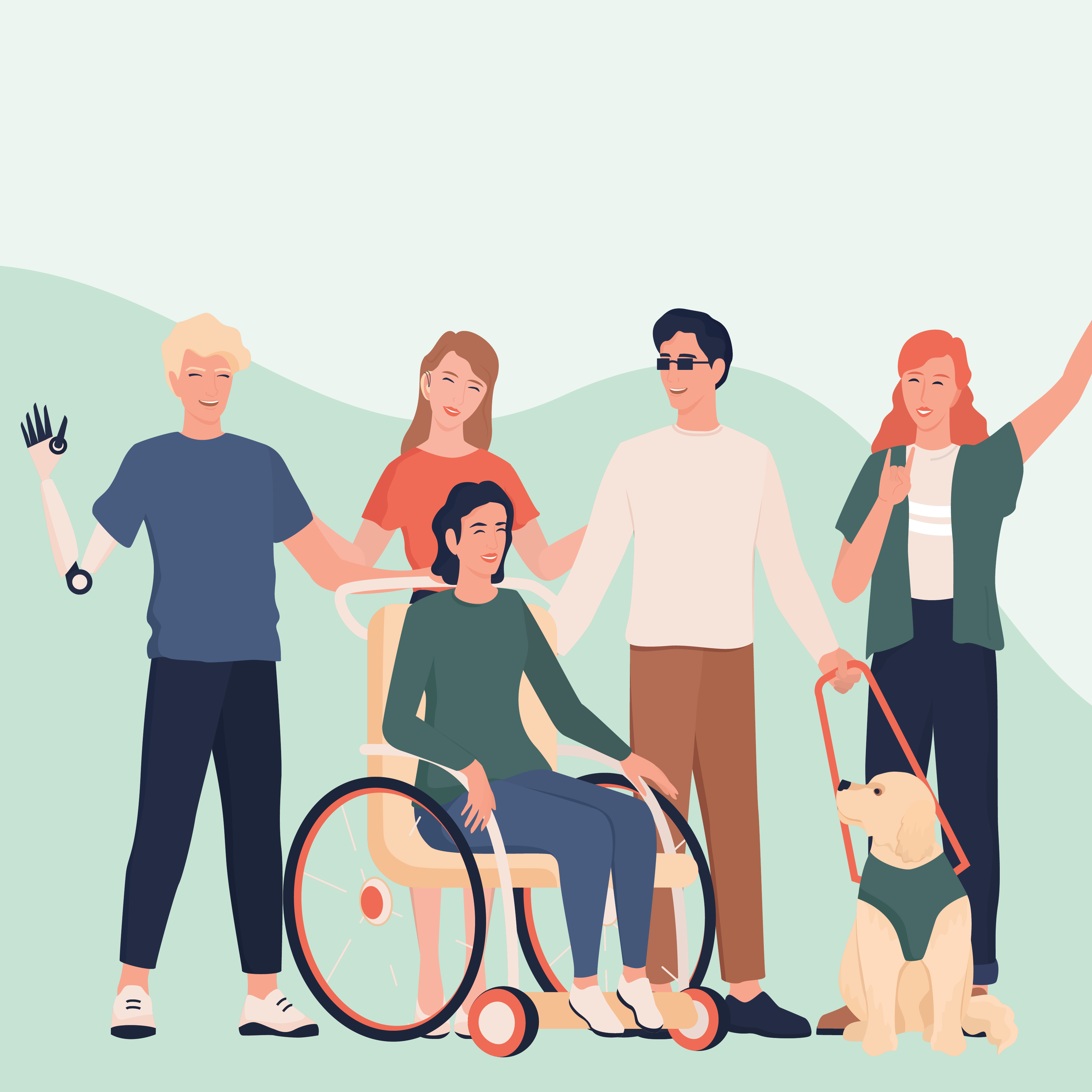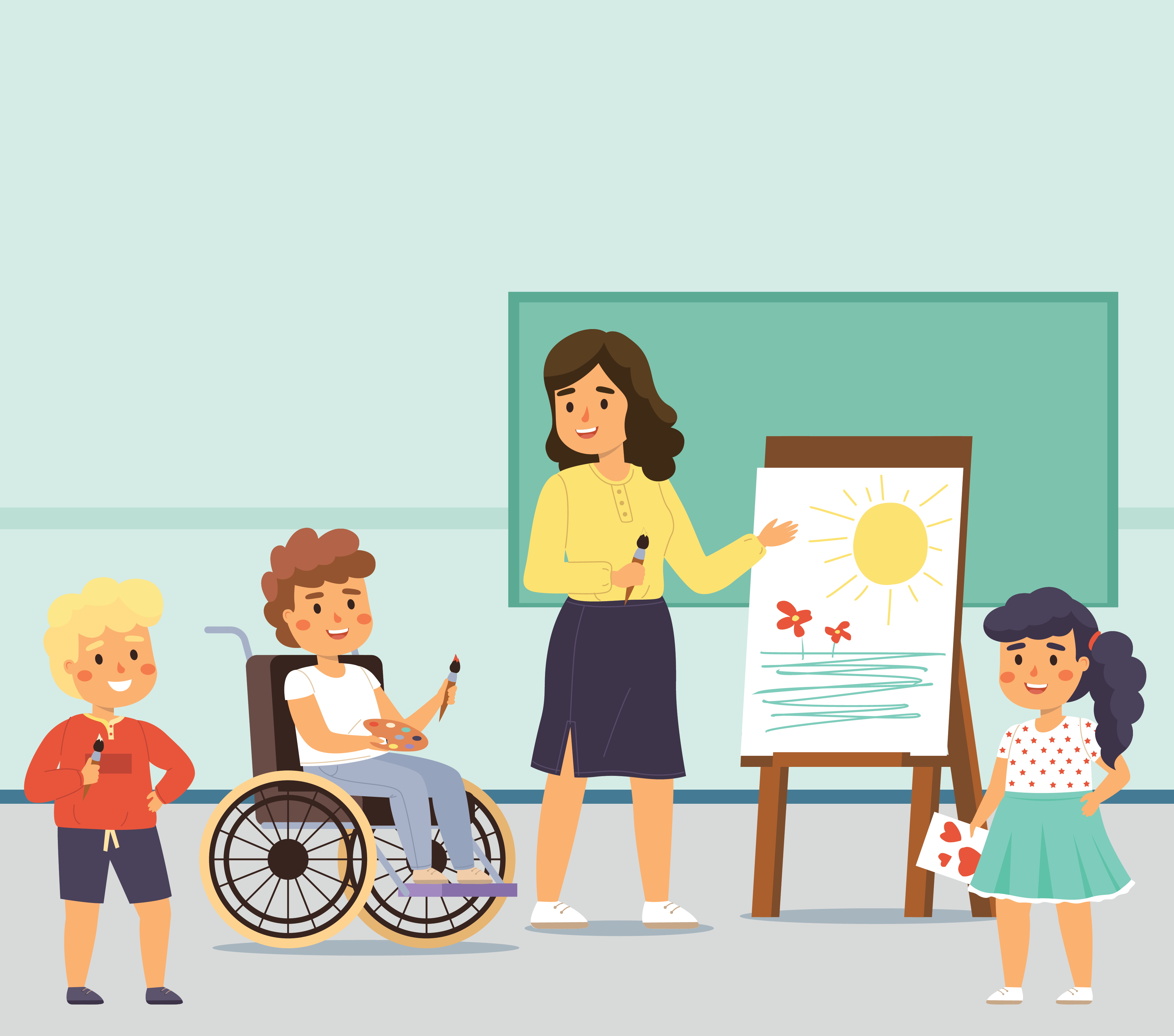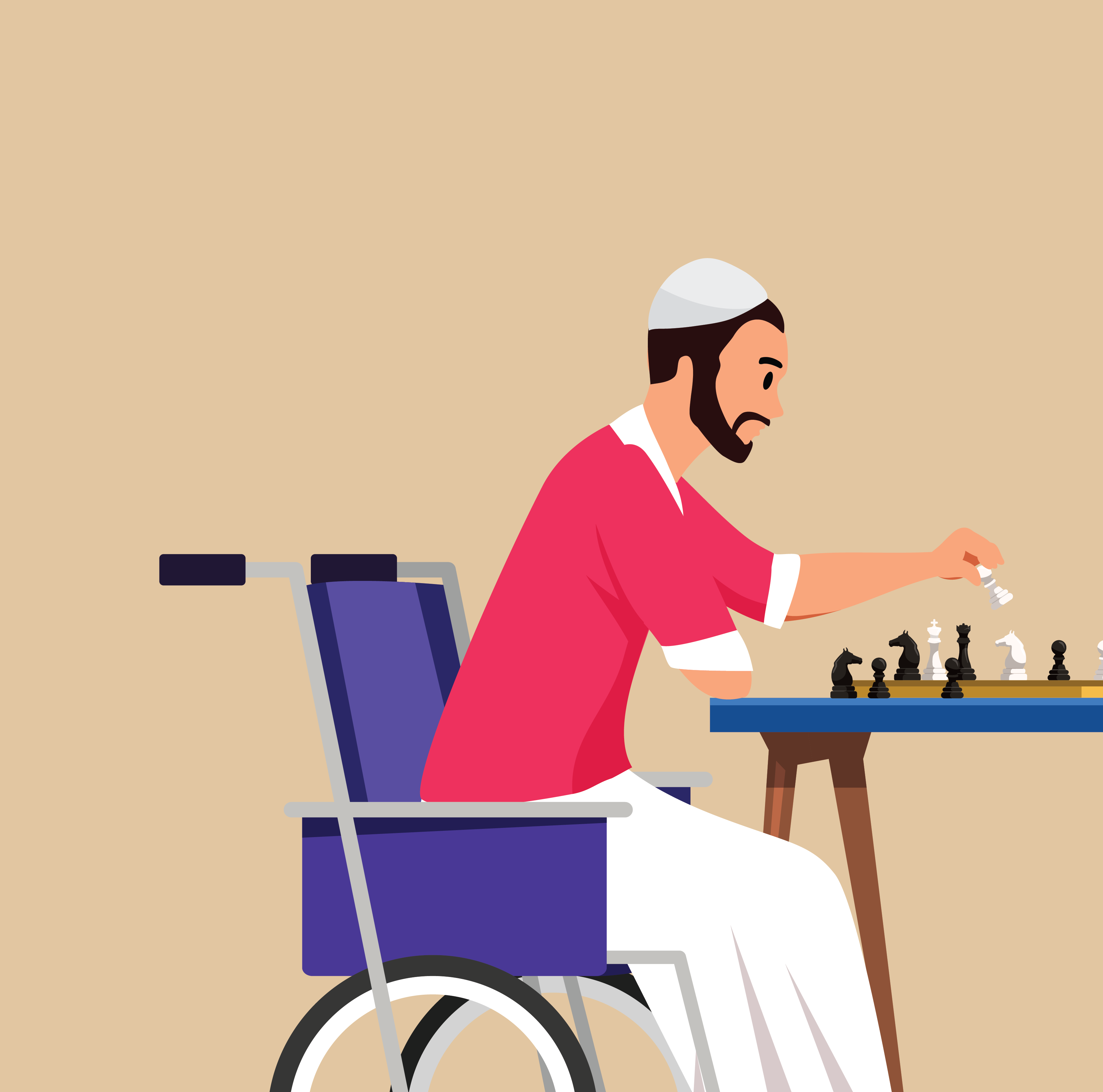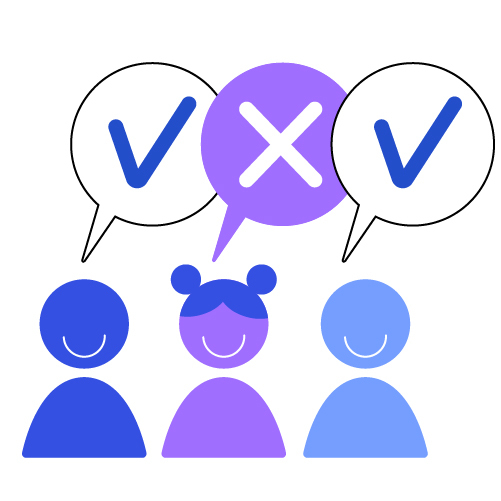
Social and Community Listening
Tracking public opinion and responding to rumours
Introduction
In times of uncertainty, we seek out information. Our feelings of familiarity and truth are inherently linked, which means we are more likely to believe something we have heard many times before than information we are hearing for the first time. Therefore, the more you encounter a rumour that is not challenged, the more the rumour seems true. This allows rumours to influence our decisions and behaviours, leading to potentially dangerous consequences. This tool aims to introduce you to the key concepts and activities necessary to tackle the spread of harmful misinformation and disinformation, by listening, understanding and engaging with communities, both online and offline.
Evidence shows that rumours can cause real harm to health, public trust, equality and social cohesion. Misinformation not only affects those with internet access but vulnerable, un-networked populations as well (e.g., by lowering vaccine uptake intentions, decreasing willingness to comply with evidence-based health regulations, increasing support for violence, or influencing voting behaviour). To effectively counter the spread of harmful misinformation and disinformation, we need to systematically and continuously capture local insights through Social and Community Listening.
Key definitions
Social Listening Social and community listening is the process of gathering and analyzing readily available information from online, offline, and on-ground sources to derive community insights. These insights are aimed at informing evidence-based Social and Behaviour Change (SBC) action. Combining on-ground, offline, and online social listening mechanisms triangulates the information so that you can develop an accurate and comprehensive understanding of community perspectives and decide the best course of action. Social and community listening supplements other data sources and provides rapid visibility on programmatic realities.
Misinformation is false information, regardless of intent to mislead. A mother may genuinely be confused about who is managing birth registration systems or a father may have legitimate concerns about vaccine safety, which could lead them to unknowingly share misinformation.
Disinformation is false information created for profit or political influence, or to intentionally confuse or cause harm.
False information can be used to refer to the combination of misinformation and disinformation.
Infodemics describe situations in which an overwhelming amount of both true and false information circulates online, offline, and on-ground during a disease outbreak.
Rumours are unverified information, shared online or offline, which may contribute to infodemics, along with misinformation and disinformation.
Benefits
Listening to, understanding and acting upon people's needs is key to the success and long-term sustainability of any programme. Some of the behavioural objectives that can benefit from Social and Community Listening and responding to rumours include:
- Preventing the negative impacts of mis/disinformation on behaviours
- Correcting false beliefs that could lead to harmful behaviours
- Informing behavioural interventions to better respond to a community’s specific needs
- Focusing on the right topics by understanding information gaps and needs
- Strengthening the capacity of organizations to communicate accurate information and counter misinformation
Implementation steps
UNICEF's Vaccine Misinformation Management Guide outlines four key phases of implementation:
PREPARE Develop a tailored strategy and an information ecosystem assessment. Build the right team. |
→ | LISTEN Aggregate and visualize relevant data sources, which may include traditional media, social media, novel digital channels or offline sources. |
→ | UNDERSTAND Analyse signals in the noise, keep track of misinformation with a rumour log, verify and assess rumours, and develop real-time situational insights. |
→ | ENGAGE Develop and disseminate content, create inoculation messages, measure impact, and refine. |
1. Prepare
- In-depth interviews: These should be conducted with representative samples of the community in order to understand the dominant misinformation in circulation. Find out details on the misinformation, and map how the community heard about it. Figure out what information people are seeking and what they are unable to find answers to, to uncover data deficits. Develop an understanding of key influencers in the system and where trust lies in the community.
- Key Informant Interviews: These interviews should be conducted with key community experts, stakeholders and influencers who have a good understanding of the topic of focus. For example, for vaccine misinformation, interview doctors and front-line workers as experts and community and religious leaders as influencers. Interviews with Ministries of Communications or Telecommunications may be able to provide data on the number of television viewers, mobile phones and internet connections at urban and rural level. The availability of this data depends on the country and does not replace community-level data collection. However, it can provide some insights in the absence of primary research.
2. Listen
In this phase, Social and Community Listening methods can be used to monitor and capture people's questions, concerns and feedback, in addition to any rumours circulating among individuals, communities and societies, both online and offline. This requires multidisciplinary approaches, methods and tools to understand context and track information flows, sentiment and patterns. The Social and Community Listening methods you choose will depend on the time, capacity and investment available. It is highly recommended to begin with a consultative process that results in a locally relevant Social and Community Listening Strategy. For reference see Listen to Act: UNICEF Eastern and Southern Africa Region Social and Community Listening Strategy – 2023-2025. Based on available resources and capacity, you may select one, or a mix, of the following implementations: It is highly recommended to begin with a consultative process that results in a locally relevant Social and Community Listening Strategy. For reference see Listen to Act: UNICEF Eastern and Southern Africa Region Social and Community Listening Strategy – 2023-2025. Based on available resources and capacity, you may select one, or a mix, of the following implementations:
High capacity and investment
Online: Engage with a data analytics company to apply artificial intelligence (AI), machine learning (ML) and natural language processing to track information across different social media platforms, assess trends in misinformation and disinformation and disseminate the insights among decision-makers and stakeholders (including communities, to close the data for action loop).
Machine learning can provide insights into users’ emotions. Language analytics can go beyond the typical ‘positive, neutral, negative’ sentiment analysis. It can be used to identify data deficits (i.e., information gaps) where users are conducting searches but not getting responses.
For example, to curb the COVID-19 misinformation infodemic, the WHO looked at 1.6 million pieces of information on various social media platforms, then used machine learning to categorize the information into four topics, based on a newly developed public health taxonomy: cause, illness, interventions and treatment. This helped the WHO track public health topics that were gaining popularity and develop and tailor health messages in a timely manner.
Current evidence suggests that ML and AI for sentiment analysis focus primarily on English and still provide inconsistent results. These technologies do not provide accurate data for other languages or for contexts beyond the Global North. Until this technology is proven and reliable, using automated sentiment analysis for decision-making is discouraged. The current best option is to collect data using tools such as Talkwalker, Meltwater and CrowdTangle and have in-country analysts assess the data to identify positive and/or negative narratives.
Developing automated email alerts and dashboards can be useful in sharing data with internal and external teams. These alerts and dashboards can also improve data transparency. It is important to keep these tools private and not publicly accessible, this helps to protect the privacy of individuals whose social media posts these tools may capture.
Offline: Establish community feedback mechanisms by leveraging offline channels (e.g., hotlines, helpdesks, suggestion boxes, etc.) and social mobilization networks (e.g., community volunteers, mobilizers, religious groups, etc.). Train partners and networks to collect and log offline rumours circulating at the community level through door-to-door surveys, media monitoring and joining closed chat groups. Although this requires a significant investment in time and resources, having a system to collect, monitor and analyse community rumours is a powerful tool. This will allow you to track how rumours ‘stick’ at the community level. Information shared and processed online can look very different in person. The way someone engages with information digitally can be entirely different from the way they engage with information in person.
For on-ground data collection, the use of ODK or KOBO forms dramatically improves data access and quality. With easy-to-use forms on basic smartphones, data can be collected in areas without internet access and uploaded to a central database once internet connection becomes available. Multiple UNICEF offices and the WHO AFRO are already using this technology to great effect.
For offline data collection, media monitoring agencies, where available, are a great asset for catching early signs of emerging community narratives. Where these are unavailable or cost-prohibitive, partnerships with Ministries of Information or Communication can be useful. In most countries, ministries are required to monitor local media.
For example, the Social Sciences Analytics Cell (CASS) in the Democratic Republic of Congo is an operational team that provides rapid studies and real-time evidence to inform decision-making, strategies and interventions for public health emergencies. The CASS brings together multiple data sources in order to fully understand the underlying factors influencing an outbreak to support partners in their decision-making.
Lower capacity and investment
Online: Assemble data analysts or institutional partners to conduct social and community listening activities that monitor online sources and dominant social media channels, download data and conduct thematic analyses.
There are free and paid monitoring tools for tracking social and traditional media. The search queries should be informed by your research questions and specific to the focus community or geographic location. A dedicated team member should gather social listening data at regularly scheduled times, like once a day. Tools include Google Alerts, Hootsuite Insights, CrowdTangle, TweetDeck, Social Mention, Talkwalker, Meltwater, Cision, Awario and TVEyes. For more information, refer to this guide produced by ESARO.
Offline: Establish a system for people to report media mentions for relevant programs and any associated misinformation they may come across. Use simple Excel sheets to collate feedback, questions, concerns and rumours that have been identified through offline mediums (e.g., text-message reporting, helplines, U-Report, or IoGT).
On-Ground: Provide paper-based forms or digital forms to frontline workers and field teams to report community narratives and misinformation. These forms can be collected and collated with other data sources to get a clearer picture of current community information needs. Creating a WhatsApp group where teams can report such information can also be useful. Frontline workers and field teams will require basic training on why, when, and how to use these forms.
3. Understand
At this stage, any false information detected needs to be further analysed to develop an effective response. The collected data needs to be organized in such a way that accurate, timely and actionable responses can be made. For each piece of misinformation, you should seek to understand the:
- Provenance: Is this the original content? Has it been modified or repurposed?
- Source: Who created the content, account or post?
- Date: When was it created? Has it been in circulation for a while? Is it new, or old and resurfacing? Why?
- Location: Where was the account established or content created?
- Motivation: What do we know about the motivation of the account, website or content creator?
The aim is to understand who is starting the rumour and have some sense of why they are spreading it.
Remember that not all misinformation is intentionally seeking to mislead or provide incorrect information. The response will depend on an assessment of the misinformations’ potential damage to your programme. Consider the following questions:
- How widespread and influential is the rumour?
- Is it likely to spread further and escalate the situation?
- What is your capacity to respond?
- What happens if you do nothing?
- Will a response make things worse?
- Do you need additional expertise to make the assessment?
Consideration of these factors helps you to convert Social and Community Listening data into actionable recommendations. It is important to arrive at an objective definition for high-, medium- and low-risk rumours based on the questions above, to ensure an effective response can be implemented as soon as a rumour is categorized.
4. Engage
Always start with prevention. As with much of our work, prevention before a crisis can mitigate future challenges with misinformation management. Rumours thrive in an information vacuum. First, ensure there are trustworthy, reliable and correct information sources available for the curious and motivated to find. Recruit trusted partners to build, maintain and connect these repositories and actively participate in online and offline conversations on the topic. This can build lasting relationships, familiarity and trust, which will contribute to a more effective rumour response strategy down the line.
Increasing media literacy and preparing people for potential rumours are proactive ways to minimise the impact of future misinformation and disinformation efforts. This can be achieved through the use of a central online hub, ideally hosted on a government website, such as that of the Ministry of Health, that provides verified information in a way that is easy to understand. Eventually, this hub can become the primary resource for accurate information and provide additional confidence to the general public and journalists about the accuracy of shared information. This intervention requires considerable time and effort but can be a highly effective resource for misinformation prevention and response.
Categorizing the response
UNICEF's Vaccine Misinformation Management Guide gives three broad response categories to choose from based on your Social and Community Listening findings:
- To fill information gaps, classify the information and shape the narrative.
- To address low-risk misinformation, begin careful monitoring or develop an inoculation strategy.
- To address high- and medium-risk misinformation, directly debunk rumours.
Resources

Do - Social and Community Listening
Download this article as a PDF
You can download the entire page as a PDF here
